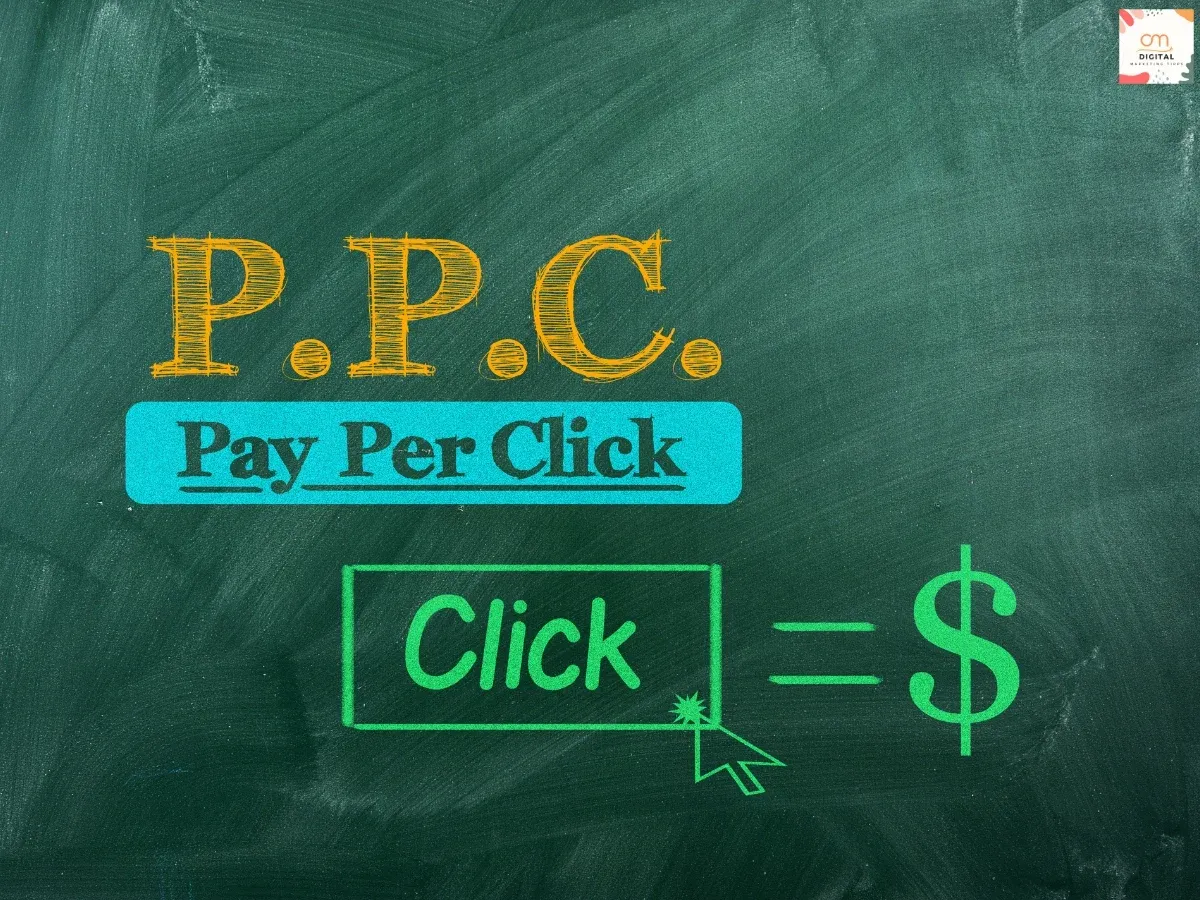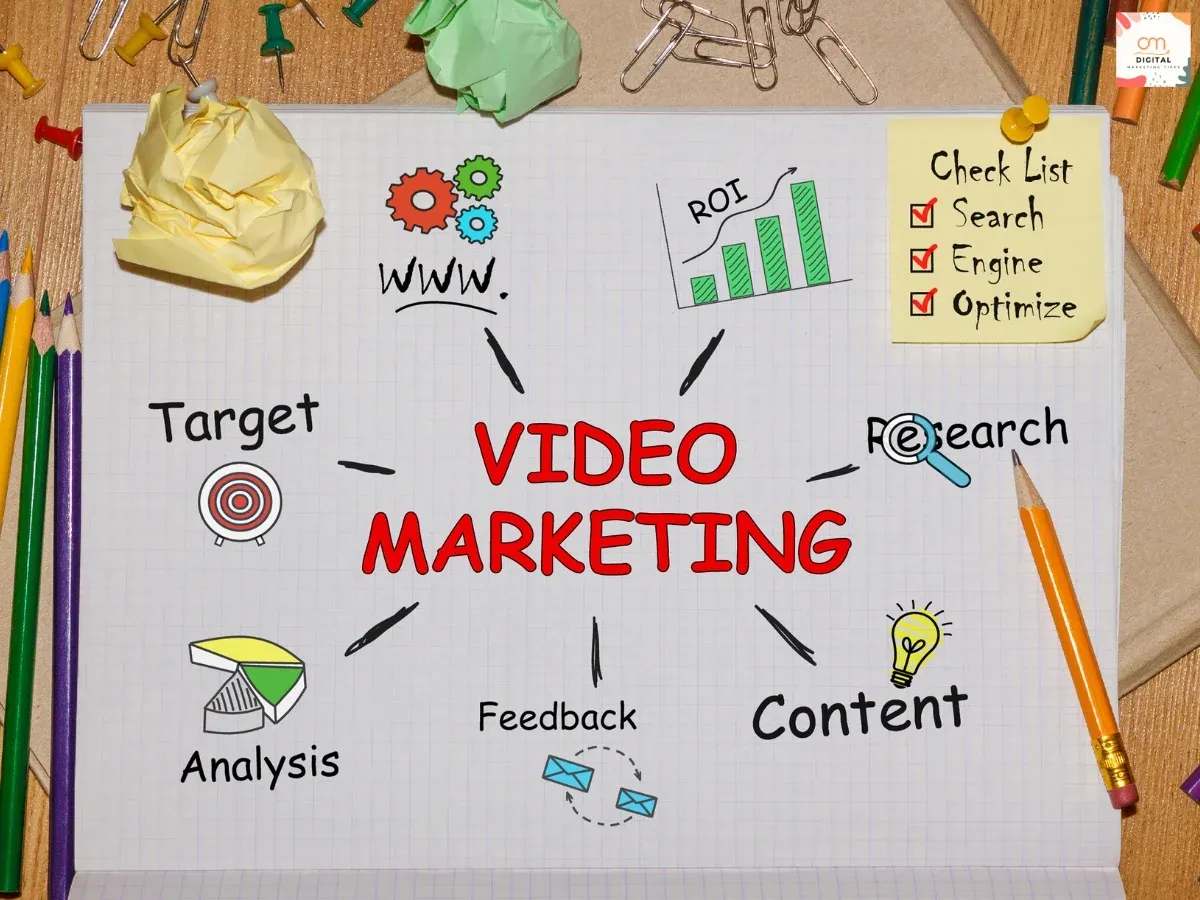Introduction: Navigating the Digital Marketing Landscape
Embarking in the digital marketing
landscape can seem like diving into a vast, unpredictable ocean. With so
many options and uncertainties, it may feel like you're navigating without a compass.
That said, fear not as this guide aims to equip you with the knowledge and
practical tools needed to chart a course in the dynamic digital marketing
terrain. As you explore its various forms, you'll discover the strategies that
are most compelling for targeting your audience, driving results, and
increasing brand visibility in alignment with your unique goals and
objectives.
1. Content Marketing
The cornerstone of any successful
digital strategy is compelling content.
In the digital world, content marketing focuses on creating and sharing valuable, relevant, and consistent content to attract and retain a defined audience.
The ultimate aim is to stimulate
customer action, often leading to profitable engagement. This can include
blogs, ebooks, online courses, infographics, webinars, podcasts and more.
Our days are filled with choices and
information overload - content strategy cuts through the noise and speaks
directly to the customer, addressing their needs and interests. Positioned
correctly, your content becomes a value proposition that compels customers
to engage with your brand.
The art of content strategy is understanding what your target audience wants, and delivering it in a compelling and valuable manner.
•
Do establish a distinct brand
voice that resonates with your target audience
•
Do understand your audience's
pain points and offer solutions in your content
•
Do create an editorial calendar
to guide your content creation and distribution
•
Don't create content just for
the sake of it; every piece should provide value to your audience
•
Don't forget to promote your
content through different channels, including your own social media platforms
2.
Now, let's move on to the next
category - Search Engine Marketing/Pay-per-Click (SEM/PPC).
Enter the world of Search Engine
Marketing (SEM) and Pay-Per-Click (PPC), where digital advertising
meets search engine results. These twins of digital marketing bridge the gap
between the organic reach and paid promotions, helping businesses to step into
a broader audience realm.
Firstly, don't confuse SEM/PPC with SEO. While SEO is all about enhancing website visibility through organic (unpaid) Listing, SEM goes the extra mile. It encompasses paid tactics to achieve a higher ranking on the Search Engine Results Pages (SERPs).
PPC,
on the other hand, is a model of internet advertising where advertisers
have to pay each time a user clicks on their online ad. Guess what? It
falls under the SEM umbrella.
Let's delve into the specifics:
To put it all into perspective, think
of SEM as a broad lake encompassing numerous tactics to appear prominent
in search results, while PPC is one of the essential streams flowing into
it.
With billions of searches every day on
search engines, SEM/PPC can help you to be where your prospective customers
are. They can increase your visibility massively in a short period,
supporting your SEO efforts, driving more traffic, leading to a potential
increase in sales or conversion rates.
Be sure to incorporate SEM/PPC as
a part of your digital marketing strategy. They offer profitable means to
reach out to customers who are ready to engage with your offerings. You bid,
they click, and voila! Your site has a visitor with purchase intent.
3. What's next after SEM and PPC? Well, it's time for a deep dive
into Search Engine Optimization (SEO).
Essentially, SEO is the art of making
your website more attractive to search engines. The higher your site ranks on
search engine results pages (SERPs), the more likely it is to be noticed by
potential customers. This process revolves around tweaking your site's design
and content, focusing on specific keywords, and building high-quality backlinks.
So, why should you care about SEO? Here's
why:
Implementing SEO can seem like
a daunting task, but remember, it's not about immediate results. SEO is
a long-term investment. It requires patience, consistency, and regular
monitoring. But the rewards? They're well worth it. Here are a few
strategies to get you started:
And there you have it, SEO 101! Once
you've mastered these basics, you can delve into more advanced strategies like
local and mobile SEO. But let's not get ahead of ourselves. First, it's time to
get your feet wet with the fundamentals of SEO and see just how transformative
this digital technique can be for your brand.
4.
Social Media Marketing:
Leveraging the Power of Social Platforms
You're already familiar with social media platforms like Facebook, Instagram, LinkedIn and Twitter. However, knowing how to use these platforms for personal enjoyment and actually utilizing them effectively as marketing tools are two different things entirely.
Social media marketing is about more than just posting updates and sharing
content. It requires strategy, knowledge of your audience, and an understanding
of each platform's unique features and algorithms.
Remember, it's vital to maintain an
active presence on your selected platforms and to engage with your followers.
Keep the lines of communication open and ensure that your social media strategy aligns with your overall business goals.
5.
Affiliate and Influencer
Marketing: Harnessing the Reach of Trusted Partners
When it comes to broadening your brand
reach and gaining credibility, affiliate and influencer marketing may be just
the right solutions. These digital marketing strategies tap into the influence
and following of leaders and personalities in your industry to promote your
product, service, or brand.
Here's how you can maximize your
affiliate strategy:
To get the most from your influencer
marketing, keep these tips in mind:
Both affiliate and influencer
strategies can result in a highly symbiotic relationship, leading to higher
brand visibility and industry credibility. It's about finding the right
partners who align with your brand and leveraging their ability to connect with
their audience to promote your product or service. Through this, you stand
a good chance at reaching your objectives and growing your
online presence.
6.
Email Marketing: Building
Strong Connections through Targeted Messaging
Email marketing remains a cornerstone in the world of digital strategy for good reason: it's cost-effective, accessible, and when implemented correctly, extraordinarily effective.
This strategy involves sending emails to prospective and current customers,
providing them with valuable content that meets their needs and interests.
Regardless of the rise of numerous digital communication channels, the humble
email has held its ground, continuing to deliver impressive return on
investment (ROI).
But how does email marketing help your
brand? Well, it's all about engaging interactions. This tactic allows you
to:
Strategic email marketing is about
delivering the right message, to the right audience, at the right time.
Therefore, to craft a successful email campaign, you need to
clearly define your goals, segment your audience, and regularly analyze your
results for continuous optimization.
|
Audience Segment |
Example Email Content |
|
New Subscribers |
Welcome emails, 'Get Started' guides |
|
Regular Customers |
Loyalty programs, special offers |
|
Cart Abandoners |
Reminders, discount codes |
Consistency is the backbone of a successful email marketing strategy. Maintain your brand voice and aesthetics in every communication and make sure that every email brings value to your subscribers. This way, you aren't just seen; you're remembered.
At the end of the day, email marketing is about building relationship and keeping your brand in the minds and hearts of your customers. When done right, it can significantly contribute to brand loyalty, revenue growth, and customer retention.
7. Mobile Marketing: Reaching Your Audience on the Go
As our society becomes increasingly
mobile, it's impossible to overstate the significance of mobile marketing in
today's digital strategy. It revolves around reaching your audience
through their smartphones and tablets, by means of websites, email, SMS, social
media, and apps.
In the connected, on-the-go world we live
in, most people rely heavily on their mobile devices for information,
entertainment, shopping, and communication. Not leveraging mobile marketing
means missing out on a significant opportunity to connect with potential
customers where they spend most of their time.
Here are some strategies you can
implement to make the most out of mobile marketing:
Remember, not all mobile marketing
strategies will work for every business. It's all about determining which
channels your audience frequents the most and using these to deliver relevant
content that's both engaging and valuable.
Do your research, test different
strategies, track your results, and continually adjust your mobile marketing
approach as needed. With a well-planned and implemented mobile strategy, you can work towards increasing engagement, boosting conversions, and
ultimately, driving success.
8. Video Marketing: Engaging and Impactful Visual Storytelling
Largely driven by the rise of social
media and high-speed internet connections, video content has become an
essential part of most digital strategies. It's not difficult to see
why - videos can convey complex information in a more comprehensive
way and evoke a stronger emotional response than text or images.
But successfully leveraging video
marketing is more than just producing high-quality content; it's also about
knowing where to share your content. With users consuming content on various
platforms - from YouTube to Instagram TV to LinkedIn - it's important
to tailor your videos to fit the preferred format and style of each
platform.
9. Audio Marketing: Tapping into the World of Podcasts and Audio Content
If you've been keeping up with trends,
you'll know that podcasts and other forms of audio content are on the rise. In
fact, this type of digital marketing is growing so rapidly that it simply
cannot be ignored. The intimacy and convenience of audio content allow you to
create a profound and personal connection with your audience in a way
that other forms of digital techniques might not. Imagine, your voice, your
message, being delivered directly to the ears of your target audience, whether
they're on their daily commute, burning off the calories at the gym, or just
lounging at home on a lazy afternoon. Engaging, isn't it?
So, how do you tap into this compelling
and growing avenue of digital marketing? Let's look at some strategies:
No doubt, audio marketing presents an
exciting digital opportunity. By making smart choices and using the right
strategies, you can get your voice heard and engage your audience in
a deeply personal way. The result? Enhanced brand visibility and loyalty,
a stronger customer connection, and the potential for higher conversion
rates. Remember, in the bustling world of digital marketing, sometimes, the
'sound' strategy is to let your audience listen.
10. Brand Visibility with a Multi-Channel Marketing Strategy
You must play in harmony to create a
beautiful piece of music. With multichannel strategy, your brand can engage
with potential customers on various platforms where they spend their time
reading, shopping, researching, socializing and more. It allows you to extend
your brand's reach and visibility, create a consistent voice across all
channels, and meet customer needs more effectively.
Here's how you can make
a multi-channel strategy work for you:
Whether you're utilizing SEO, email,
video, or social media, synergize these tactics to form a unified brand
experience. This is the power of a well-executed multi-channel marketing
strategy - multiple sounds, one melody.
11. Measuring Success: Key Metrics to Track for Each Digital strategy type
In digital marketing, it's critical to
continually measure and improve your strategies. Each type of digital marketing
has key performance indicators (KPIs) that help measure its effectiveness.
Here's an overview of which metrics to focus on for each strategy.
When it comes to content marketing, the reach of your content,
traffic to your website, time spent on your site, and the number of shares and
downloads are all important metrics. The ultimate goal here is to convert
readers into customers, so conversion rates are a major factor to
monitor.
For SEM/PPC, consider metrics like cost-per-click (CPC),
click-through rate (CTR), quality score, and conversion rates. It's also worth noting
the total ad spend and return on ad spend (ROAS).
For SEO, pay attention to your organic search rankings, organic
traffic, bounce rates, and time spent on your site. Carefully analyze changes
in these metrics after making adjustments to your SEO strategy.
In the realm of social media marketing, engagement rate, follower
growth rates, impressions, reach and click-through rates are crucial. Listen to
the online conversation around your brand and track your social share of voice
(SSOV).
Track the number of leads and conversions generated from each
affiliate or influencer. Also monitor click-through rates and the overall ROI
of these partnerships.
Email marketing success can be evaluated based on open rates,
click-through rates, conversion rates, and the rate of growth of your email
list. Unsubscribes and bounces are also key metrics to watch.
Mobile strategies should account for app downloads, screen views,
session duration, and user retention rates. Don't neglect to monitor the churn
rate and the overall customer lifetime value (CLV).
For video marketing, consider view count, watch time, engagement,
and shares. Also evaluate the number of new vs. returning visitors.
Audio marketing is uniquely measured by metrics like listening time,
engagement, downloads, shares, and subscriber growth.
When it comes to chatbots, the number of interactions, engagement
rates, resolution rates, and customer satisfaction levels provide valuable
insights on effectiveness.
Remember that KPIs are just data points. They tell part of the
story, but not all of it. To make effective decisions, make sure to combine
quantitative data with qualitative inputs like user feedback and industry
trends. Keep experimenting, refining, and learning to enrich your digital
marketing strategy and drive your brand forward.
12. Staying Ahead of the Game: Emerging Trends and Innovations in Digital world
Digital marketing is a vibrant
field that is always evolving. With the rapid advancements in technology, new
trends, strategies, and tools keep emerging, allowing businesses to connect
with their audiences in unique and innovative ways. Understanding and adopting
these trends can give you an edge in the marketplace, helping you stay ahead of
your competition. Here are some of the most significant trends and innovations
currently shaping the digital marketing landscape:
Embracing these trends and innovations
can keep your digital strategies fresh and effective. Remember, it's
not just about adopting the latest trends, but about understanding which ones
are right for your business and audience. Always keep your specific goals and
objectives in mind and measure the success of your efforts regularly. By doing
so, you can ensure that your digital strategies are always in
alignment with your overall business goals.











0 Comments